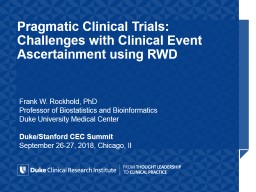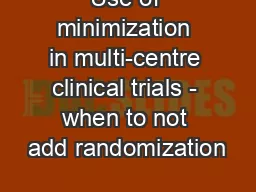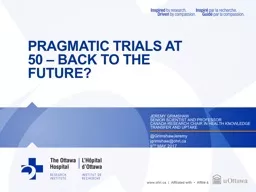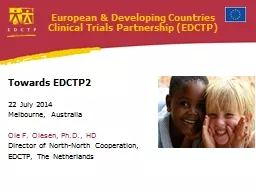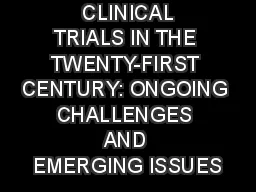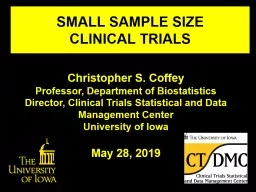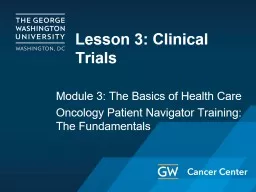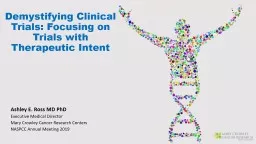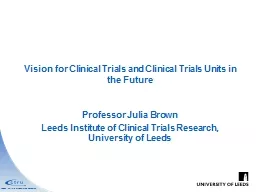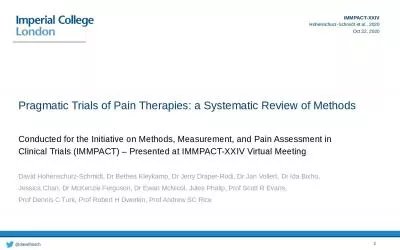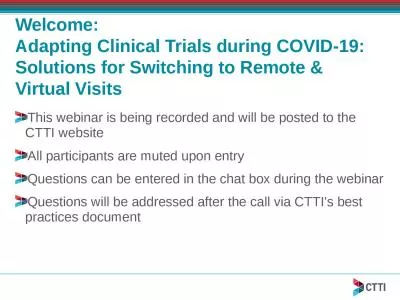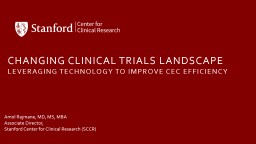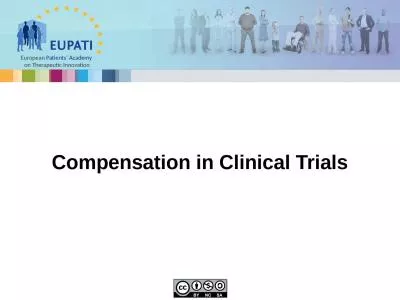PPT-Pragmatic Clinical Trials: Challenges with Clinical Event Ascertainment using
Author : anastasia | Published Date : 2024-02-02
RWD Frank W Rockhold PhD Professor of Biostatistics and Bioinformatics Duke University Medical Center DukeStanford CEC Summit September 2627 2018 Chicago Il Disclosure
Presentation Embed Code
Download Presentation
Download Presentation The PPT/PDF document "Pragmatic Clinical Trials: Challenges ..." is the property of its rightful owner. Permission is granted to download and print the materials on this website for personal, non-commercial use only, and to display it on your personal computer provided you do not modify the materials and that you retain all copyright notices contained in the materials. By downloading content from our website, you accept the terms of this agreement.
Pragmatic Clinical Trials: Challenges with Clinical Event Ascertainment using: Transcript
Download Rules Of Document
"Pragmatic Clinical Trials: Challenges with Clinical Event Ascertainment using"The content belongs to its owner. You may download and print it for personal use, without modification, and keep all copyright notices. By downloading, you agree to these terms.
Related Documents

